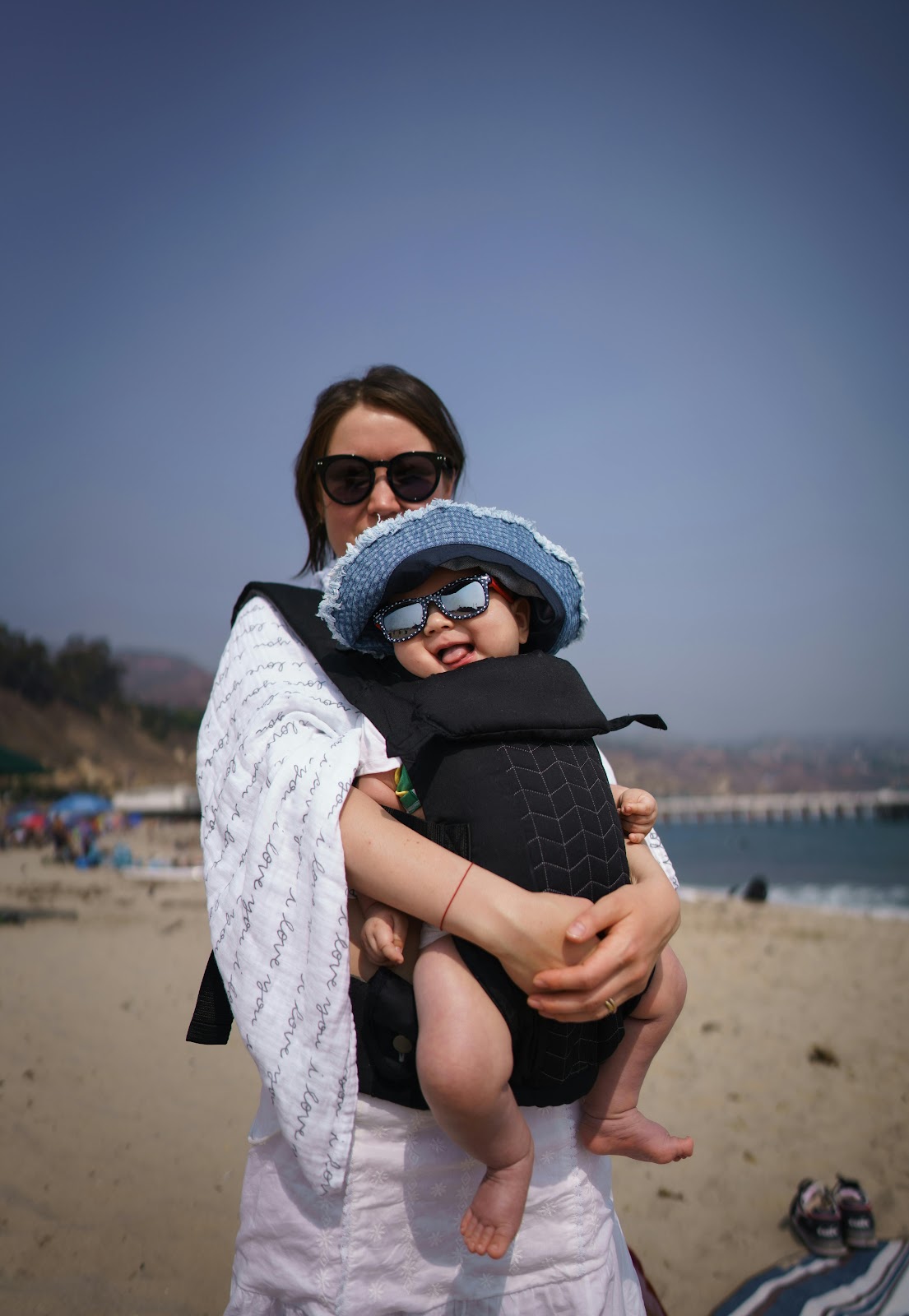How Do Baby Sling Carriers Enhance Parent-Newborn Bonding
Baby sling carriers have become an increasingly popular tool amongst new parents seeking to maintain close physical proximity to their newborns. The equipment enables you to hold your baby against your body while leaving your hands free. This practice, often referred to as babywearing, is said to benefit the bonding process, which is crucial in the earliest stages of a child's life. Bonding is the intense attachment that develops between parents and their baby. When used correctly, slings serve not just as a means of transport but as a facilitator of the intimate connection that is essential for a child’s development.
Researchers highlight the importance of the attachment bond formed during early interactions, as this special connection is foundational to the child’s social, emotional, intellectual, and physical development. The proximity provided by baby slings can support this attachment process, making it easier to tune into your baby's needs and respond more promptly. Moreover, studies suggest that the close contact encouraged by babywearing can be particularly beneficial for encouraging breastfeeding, attending to cues for comfort, and potentially even spurring language development. Parents considering the use of baby slings should be mindful of the safety guidelines and choose the right type of baby carrier to ensure a positive experience for them and their baby.
Key Takeaways
-
Baby sling carriers play a pivotal role in enhancing parent-newborn bonding.
-
The attachment bond is critical for a child’s comprehensive development.
-
Adhering to safety guidelines is crucial while using baby sling carriers.
The Science of Bonding
Understanding the science of bonding between you and your newborn is key to recognizing the multifaceted benefits of babywearing through the use of slings.
Baby Sling Features and Practicality
Choosing a practical and supportive baby sling carrier, with thoughtful design features, can significantly enhance the bonding experience. The ideal position is the 'M' position where the baby’s face is close enough to kiss and positioned above your chest, aligning with research that shows the importance of face-to-face interactions. A good carrier allows for the rocking motion as you move, which can soothe your baby. Remember, it's not only about it being secure, but also about the comfort that enables prolonged physical contact and the opportunity for constant emotional support.
Physiological Effects of Babywearing
When you carry your baby in a baby sling carrier, you harness powerful physiological responses. Close contact can trigger the release of oxytocin in both you and your child. This hormone, often known as the 'love hormone,' underpins feelings of attachment and increases trust. It also plays a role in breastfeeding, facilitating the let-down reflex and fostering nurturing behaviors. Additionally, skin-to-skin contact, which is easily achieved through carriers, is essential for regulating your baby’s heart rate, sleep patterns, and body temperature, particularly in cases of low-birth-weight newborns.
Psychological Impact on Parents and Newborns
Carrying your baby can have a profound effect on the psychological health of both the infant and the parent. You provide a secure environment that promotes cognitive and emotional development. It enhances your ability to read and respond to your baby's facial expressions and gestures, which is integral to nurturing communication and responsiveness. For parents, this interaction helps to mitigate feelings of depression and supports the forming of a strong psychosocial bond. Siblings may also benefit by observing these interactions and learning about affection and care firsthand.
Safe and Effective Babywearing Practices
In babywearing, it's paramount to choose a carrier that ensures the safety and comfort of both you and your baby, to understand and mitigate risks, and to utilize the practice to strengthen the bonding process.
Choosing the Right Carrier
When selecting a baby carrier, consider your child's age, size, and developmental needs. Wrap carriers are ideal for newborns, providing a snug, womb-like environment, while structured carriers with adjustable buckles are suited for older infants with good head and neck control. Ensure the carrier supports your baby's hips in a natural, ergonomic position to reduce the risk of hip dysplasia.
For comfort, look for a carrier that evenly distributes your baby's weight across your hips and shoulders. If you're keen on nursing while babywearing, some carriers offer built-in features for added breastfeeding convenience. Always follow the manufacturer's guidelines for use.
Understanding and Mitigating Risks
Awareness of potential risks such as suffocation is crucial for safe babywearing. The Consumer Product Safety Commission provides safety tips to prevent such accidents. Make certain that your baby's face is always visible and that their nose and mouth are free from obstructions. Be mindful of weather conditions, adjusting the amount of clothing to maintain a comfortable temperature and to ensure your baby's well-being.
Additionally, keep a close eye on wear and tear on the carrier's fabric and buckles. Regularly inspect your carrier for any signs of damage to prevent malfunctions that could lead to accidents.
Maximizing Bonding During Babywearing
Babywearing can be a powerful tool for enhancing maternal-infant bonding. The practice enables you to maintain physical closeness, which can help reduce crying and promote calmness. Make eye contact and talk to your baby while they're in the carrier to amplify bonding.
Research suggests that babywearing might positively influence breastfeeding duration due to easy access and the cozy proximity it provides. Always maintain close attention to your infant's needs while practicing safe babywearing to foster a secure and loving environment.
Conclusion
In the crucial period of early development, baby sling carriers foster an environment for enhanced parental bonding. By maintaining physical closeness, you provide a sense of security and comfort to your newborn, which supports the development of a strong emotional bond. Studies indicate that babywearing, facilitated by slings, may increase responsiveness to your baby's needs, promoting a positive impact on their long-term emotional development. Significantly, your choice of babywearing can be a valuable tool in nurturing a resilient attachment relationship.







No comments
Thank you for dropping by! I would love to hear what you thought. :)
Thanks!
♥,
Diana